Can You Be a Sensational Fashionista Without Being a Carbonista?
Sustainability and style—two words that once seemed worlds apart. But today, the fashion industry is rewriting the rules, proving that being eco-conscious doesn’t mean sacrificing aesthetics. The modern wardrobe is no longer just about looking good; it’s about making choices that are kind to the planet. But can sustainability truly be synonymous with style? Let’s find out.
The Fashion Industry’s Green Awakening

From Runways to Reality
Sustainable fashion was once the underdog, often overlooked in favour of fast fashion’s fleeting trends. But as climate concerns take centre stage, leading designers and emerging brands alike are making sustainability their mission. High fashion is embracing eco-conscious materials, while streetwear is proving that upcycled fabrics can be just as trendy as new ones. Celebrities and influencers are championing sustainable labels, making eco-friendly fashion aspirational rather than alternative.
The Consumer Shift Toward Conscious Fashion Choices
The numbers don’t lie—fashion lovers are becoming more mindful. According to a 2022 McKinsey report, 67% of consumers now consider sustainability when making fashion purchases. The modern buyer wants pieces that are stylish yet responsibly made, pushing brands to rethink their production models. The resale market, for instance, is booming, with platforms like ThredUp and The RealReal proving that second-hand fashion can be both chic and sustainable. Consumers are also demanding greater transparency, forcing brands to disclose their sourcing, manufacturing, and environmental impact.
Reinventing Materials for a Greener Future
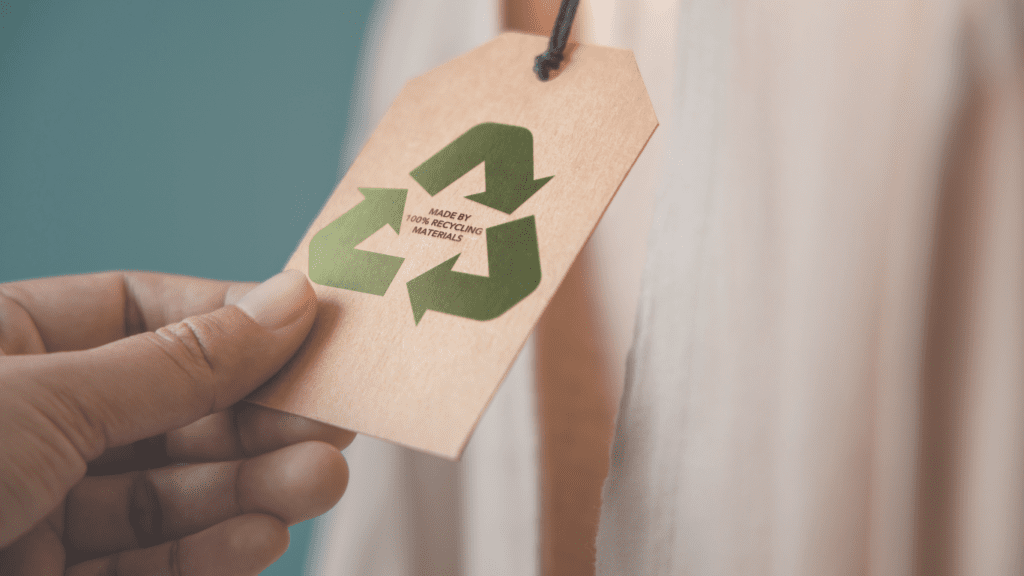
Fabrics That Speak for the Planet
The rise of innovative textiles is changing the sustainability game. Organic cotton is replacing pesticide-laden conventional cotton, while bamboo and hemp are emerging as eco-friendly alternatives. Even the luxury sector is investing in plant-based leather, proving that ethical fashion can still exude sophistication. Designers are experimenting with new materials like mushroom leather (mycelium-based alternatives) and orange fibre fabric made from citrus waste. These materials aren’t just sustainable; they offer unique textures and qualities that elevate fashion design.
Upcycling and Circular Fashion
Why produce more when we can use what we already have? Upcycling—transforming discarded materials into high-fashion pieces—is becoming a staple in the industry. Brands like Eileen Fisher and Patagonia champion circular fashion, ensuring that style doesn’t come at the planet’s expense. Circular fashion focuses on designing for longevity, repairability, and recyclability, challenging the industry’s take-make-waste model. Innovations such as Stella McCartney’s “Infinite Hoodie,” made from biodegradable yarns, are proving that sustainable clothing can last just as long—if not longer—than fast fashion pieces.
Breaking the Myth: Sustainability is Not Boring

Eco-Friendly Doesn’t Mean Bland
The outdated notion that sustainable clothing lacks flair is quickly fading. The industry is brimming with innovative designs, from bold prints on organic fabrics to couture pieces crafted from recycled ocean plastic. Sustainability is no longer about plain beige tunics—it’s vibrant, expressive, and cutting-edge. Sustainable brands like Mara Hoffman and Reformation create striking, fashion-forward designs without compromising their environmental commitments. Even casual wear is getting a makeover, with brands incorporating stylish silhouettes and bold patterns into their collections.
Luxury’s Love Affair with Sustainability
Even the biggest names in high fashion are embracing sustainability. Stella McCartney has led the charge with her commitment to cruelty-free materials, while Gucci and Prada have introduced eco-conscious collections that blend luxury with responsibility. The message is clear: conscious fashion is not just ethical—it’s aspirational. The shift is evident on red carpets, where celebrities are proudly re-wearing outfits or showcasing designs made from recycled materials. High fashion’s endorsement of sustainability is shifting consumer perceptions, proving that luxury and responsibility can coexist.
The Cost of Conscious Fashion
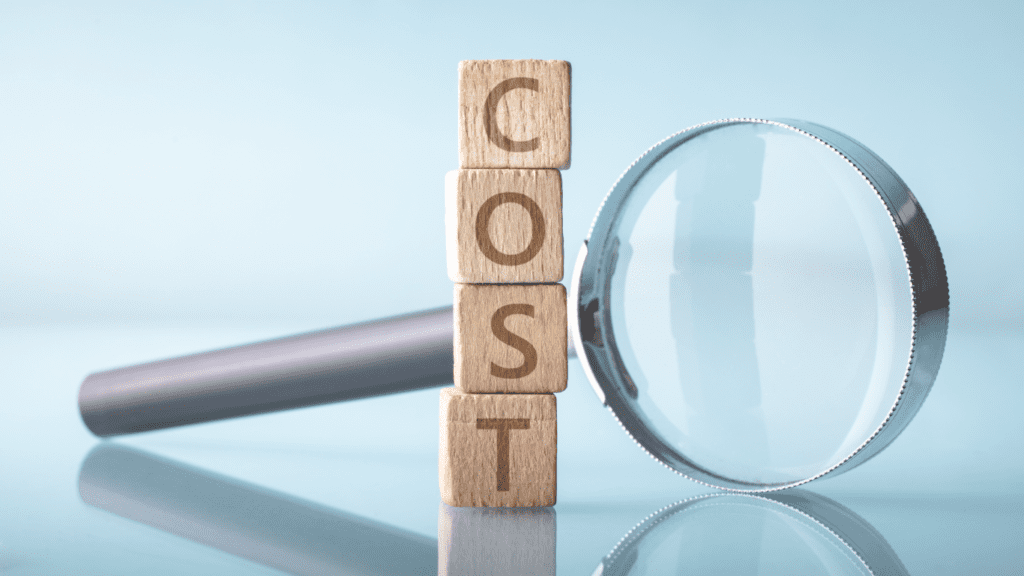
Why Conscious Fashion is Often More Expensive?
It’s true—eco-friendly clothing often comes with a higher price tag. But behind that cost is a fairer wage for artisans, ethical sourcing of materials, and production methods that minimize environmental harm. Unlike fast fashion, which relies on mass production and cheap labour, conscious fashion invests in quality and longevity. However, it’s important to consider the cost- per-wear. A $150 sustainably made dress that lasts five years is ultimately more cost-effective than a $30 fast fashion piece that falls apart after a few washes.
Is Conscious Fashion Becoming More Accessible?
Thankfully, affordability is improving. With more brands prioritizing ethical practices, sustainable fashion is no longer exclusive to high-end shoppers. Thrifting, clothing rental services, and budget-friendly eco-brands are making conscious fashion choices more attainable for all. Rental platforms like Rent the Runway allow consumers to wear designer outfits without contributing to overproduction. Meanwhile, brands are experimenting with lower-impact production methods, reducing costs while maintaining sustainability.
The Dark Side: Greenwashing in Fashion

Marketing Hype vs. Real Commitment
Not all “sustainable” fashion is truly sustainable. Many brands engage in greenwashing—using misleading marketing to appear eco-friendly without making real changes. Some fast fashion giants launch “sustainable” collections while continuing unethical practices behind the scenes. Consumers must be vigilant, looking beyond labels to examine a brand’s entire supply chain.
How to Identify Authentic Sustainable Brands
A brand’s true sustainability efforts lie in transparency. Certifications like GOTS (Global Organic Textile Standard) and Fair Trade, detailed supply chain disclosures, and genuine efforts toward carbon neutrality indicate a brand’s commitment. If a company can’t back up its claims with facts, it’s probably just another case of greenwashing. Checking a brand’s sustainability reports, third-party audits, and real consumer reviews can help separate authentic efforts from marketing gimmicks.
The Future of Conscious Fashion

Tech-Driven Sustainability
Fashion and technology are joining forces to drive sustainability forward. AI is optimizing waste reduction, 3D printing is minimizing fabric scraps, and biodegradable fabrics are redefining eco-friendly clothing. Blockchain technology is being used to improve supply chain transparency, allowing consumers to trace their garments back to their origins. The future of fashion isn’t just sustainable—it’s smart.
How Every Consumer Can Make a Difference
Sustainability isn’t just in the hands of brands—it’s in ours too. Buying less but better, supporting ethical brands, and embracing slow fashion are steps we can all take. A stylish wardrobe doesn’t have to cost the earth. Simple changes, such as washing clothes in cold water, air drying instead of using dryers, and donating instead of discarding, all contribute to a more sustainable fashion ecosystem.
Conclusion: Sustainable Fashion Synonymous With Style
Sustainability and style are no longer at odds. The fashion industry is proving that you can have both—high fashion with a conscience, streetwear that doesn’t pollute, and everyday wear that respects the planet. With innovation, consumer awareness, and commitment, sustainability is becoming the new definition of style. The next time you pick out an outfit, remember—what you wear is a statement, not just about your fashion sense but about the world you want to create.
Author: Darryl Khan

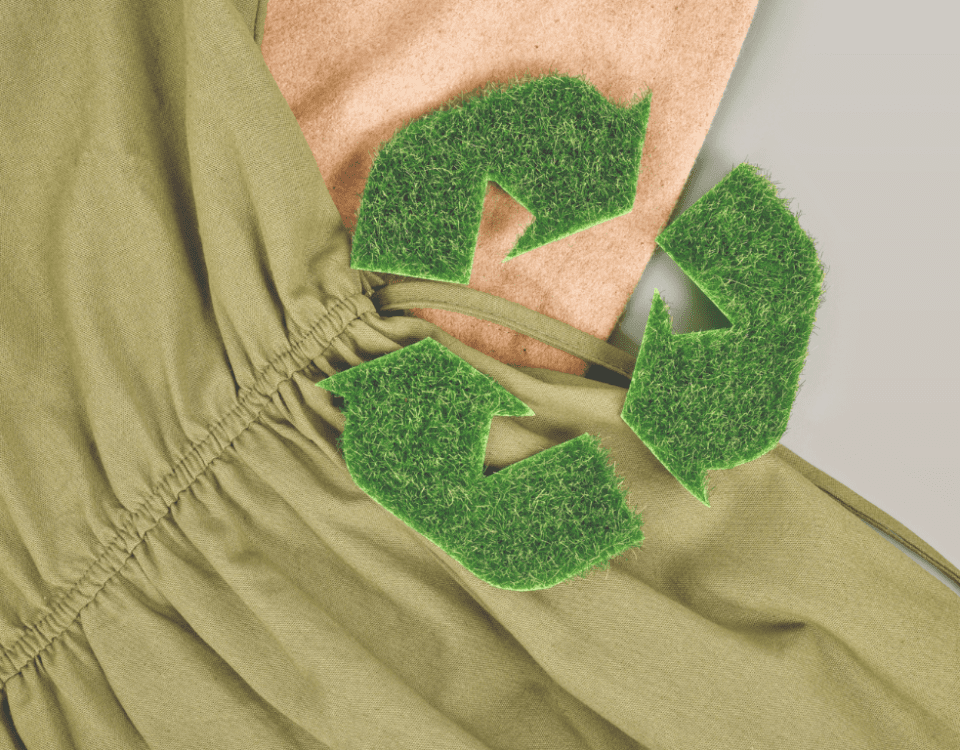


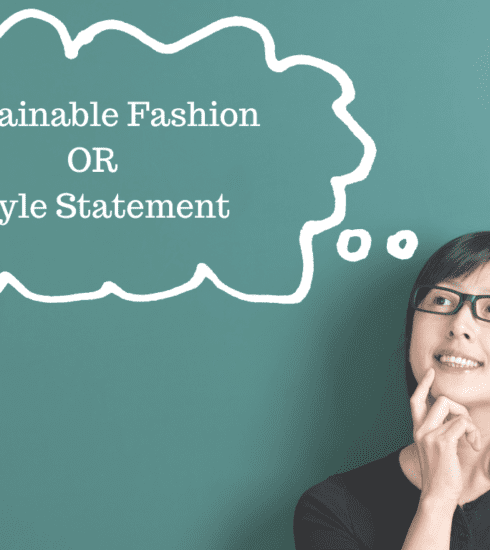
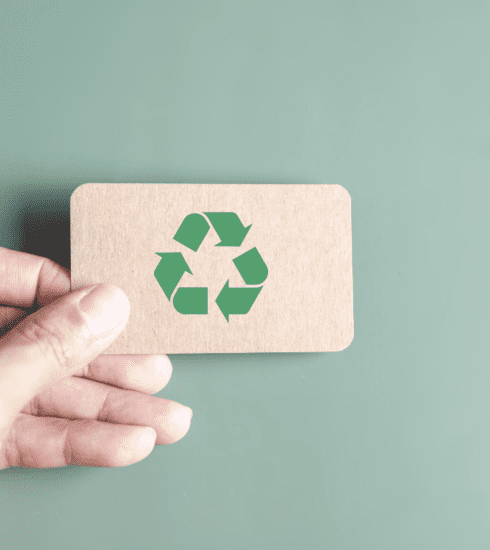

79 Comments
Dnkn
9 months agoInsightful
Beas Ghose
9 months agoAmazing work
Varsha Babu
9 months agowonderful
Michelle
9 months agoGood write up…must have done alot of research…well written!!
Michelle Mendes
9 months agoGood write up…must have done alot of research…well written!!
Darryl Khan
9 months agoIt was a very well written article, super informative and a pleasure to read.
Purabi Nandi
9 months agoSuper informative article .
Mohona
9 months agoBesides exorbitant prices, you’ve written so well about the competing con of the current eco friendly fashion market- beige clothes made out of bamboo are not the only options out there! The more companies invest in creative clothing, hopefully, the more affordable it gets for us. Great work, Darryl!
Sandra Clarkson
9 months agoWish the well thought out project every success and need more such things in our lives.
Best of Luck
Colin Clarkson
9 months agoInteresting article and wish it every success.
Best of luck
R M
9 months agoIncredibly insightful look into the reality of modern fashion
Sireesha
9 months agoVery insightful and intresting
Rakshith
9 months agoWhat a write up! High fashion with conscience 💯 sustainablity is the wayy!!
Vijitha
9 months agoWell written article .💯
Kimchan
9 months agoI’m not only impressed but enjoyed reading your article.I hope for many it should be a wake up call and from now chooose wisely even as we picked for our clothes.
Aidan
9 months agoReally insightful and well written article
Dylan Haokip
9 months agoVery detailed and informative. The author has really done his research and has very well articulated how the fashion industry has evolved into a more eco-friendly industry without compromising on their quality and art. 🙌🏼
Nicole ryle
9 months agoVery informative and resourceful. Loved the work. Well written article.
Abigail Haokip
9 months agoReally loved the article! Learnt so much about the fashion industry and their contribution to reduce over consumerism.
Janice Chater
9 months agoGood fashion sense beautiful
reivax rukkjr
9 months agoi love pistachios omg
Nishu
9 months agoI loved this blog! It made me rethink how I approach fashion and showed me that style and sustainability can go together. Super inspiring!
Mahir Bhattacharya
9 months agoVery Informative and Interesting.
Joshua Christopher Khan
9 months agoI completely agree with this article and I honestly feel like the future of fashion is gonna become eco friendly. Really enjoyed this article, Good job
Myra roseleen
9 months agoGood article
Chanchal Ladia
9 months agoGreat Work!
Ananya Rajharsh
9 months agoIn a world where individuality is losing it’s gleam due to fast fashion trends, sustainable fashion might just bring it back.
Great article!
Siddhi
9 months agoWonderful , sustainable fashion is important
Sukham Sidhu
9 months agoThis is spot on—sustainability and style can indeed coexist. From circular fashion to innovative materials like mycelium leather, the industry is proving that conscious choices can be both trendy and impactful. A greener future for fashion is within reach!
Suryansh
9 months agoit’s really informative and interesting to read, love the content.
Delores Helen Ryle
9 months agoVery informative article. Sustainability is the future.
Britney
9 months agoso well written!
Azalia
9 months agoSustainable fabric choices is a positive step towards an ethical and responsible industry, which leads to a more equitable world! Hence, quality over quantity is a healthier planet choice.
Joanne
9 months agovery interesting take and very well said.
Aarushi
9 months ago💯💯💯
Brandon
9 months agoIt’s awesome to see how the fashion world is embracing sustainability without compromising on style. The idea that eco-friendly fashion has to be boring is totally false. Brands are getting creative with materials like mushroom leather and upcycled fabrics, and it’s great to see more people, including big-name designers, pushing for change.
Timothy
9 months agoThis blog helped me a lot to improve my knowledge in ecology and The 3 R’s
Christina
9 months agoThe article is informative.
Sajan PK
9 months agoAn impactful read,
Powerfully argued for the cause of decarbonising the fashion industry which is one of the largest emitters.
shania
9 months agovery interesting view
Darryl Ryle
9 months agoIt was very insightful. I learnedsomethingnew.
Delores Sophia Khan
9 months agoVery well written,well done. It was very informative and good to know the fashion world is becoming more eco friendly.
Severin Reid
9 months agoAmazing…..need more such articles.
Lesley
9 months agoBeautifully said … Well done
Faye
9 months agoIt was great and well written.
Maria Theresa Fernandes
9 months agoIt’s fantastic very insightful and thought provoking
Tina
9 months agoI loved every bit of the article, a bang for the buck, a fresh perspective and well put
John Vicky Ryle
9 months agoGood thought – investing in garments that are of the best quality and do the most good.
Lesleyann
9 months agoInteresting read… a mind opener
Deborah Mason
9 months agoVery interesting and beautiful written.
Carol.Phillips
9 months agoVery informative and true.
Joshua Percival Phillips
9 months agoVery insightful
Norman Knight
9 months agoVery well researched article!
Sandra Bartels
9 months agoVery well written. 100℅ true
Aurelia
9 months agoExcellent information well written way to go.
Chanchal Ladia
9 months agoGreat work!
Jason Anthony
9 months agoChange is important and I am glad that the fashion industry is adapting to sustainability. This article was informative and I am happy that it will be read by the youth as they are the future and the ones who can bring about a change as young entrepreneurs.
Avril Jones
9 months agoVery well written and very good topic for today’s generation very well said
Khalique Aziz Khan
9 months agoThis can change our planet , hope more of this thought should come up in our daily routine. The writer has done good job well done.
Chanchal Ladia
9 months agoGreat work 💯
M Varghese
9 months agoSustainability is the way forward and this blog has covered the salient points on de-carbonisation. Very informative and encouraging.
Shirin Rajvansh
9 months agoWell written and totally agree!!Especially the fact that every consumer can make a difference
Pralika
9 months agoThis was such an insightful and well-written piece! I love how you featured the blend of style and sustainability. Super inspiring to see fashion moving in this direction. Keep sharing your insights! 🙂
Pralika
9 months agoThis was such a well-written piece! I love how you featured the blend of style and sustainability. Super inspiring to see fashion moving in this direction. Keep sharing your insights! 🙂
Enoch
9 months agoWonderful Read!
Raishar
9 months agoInteresting read! The effort put in the research really shows. Good luck, keep blogging!
Sanjay Kevin
9 months agoGod Bless you Darryl..
Keep doing good..
Informative to me..
We need more people as you
Tiann
9 months agoVery insightful and wonderfully written article
F. Khan
9 months agoThis article was profoundly useful and well written. Well Done!
G. C. Dastur
9 months agoThis is a well written and well researched article. Very informative.
Roshni
9 months agoThis was such an insightful and thought-provoking read! I love how you’ve highlighted that fashion and sustainability can beautifully coexist. Your practical tips on embracing conscious fashion choices without sacrificing style are truly inspiring. Thanks for encouraging us all to become sensational fashionistas who care deeply for our planet!
Amitava Biswas
9 months agoVery informative and good article — good knowledge of ecology can be gathered .
Choodi sundar
9 months agoVery insightful n highly need of the hour for steps against global warming
Arinaz
9 months agoWell written informative article.
Shubhayan
9 months agoSuch an important topic for this time. Very well written.
Eileen Daniel-Palmer
9 months agoA very interesting article, containing a tremendous amount of information.
Fashion covers a wide range of things. Who knows! This just might open up opportunities!
Eileen Daniel-Palmer
9 months agoA very interesting article with a vast amount of information. Fashion covers a huge range. Who knows? This might be a great opportunity.
Suresh Manuel Raphael
9 months agoA Great Article.A very detailed analysis with a beautiful conclusion.A good trend for the Future and for making our Planet Green again.Well done.Keep it up.
Harsh
9 months agoAmazing info, really opened a new perspective for me